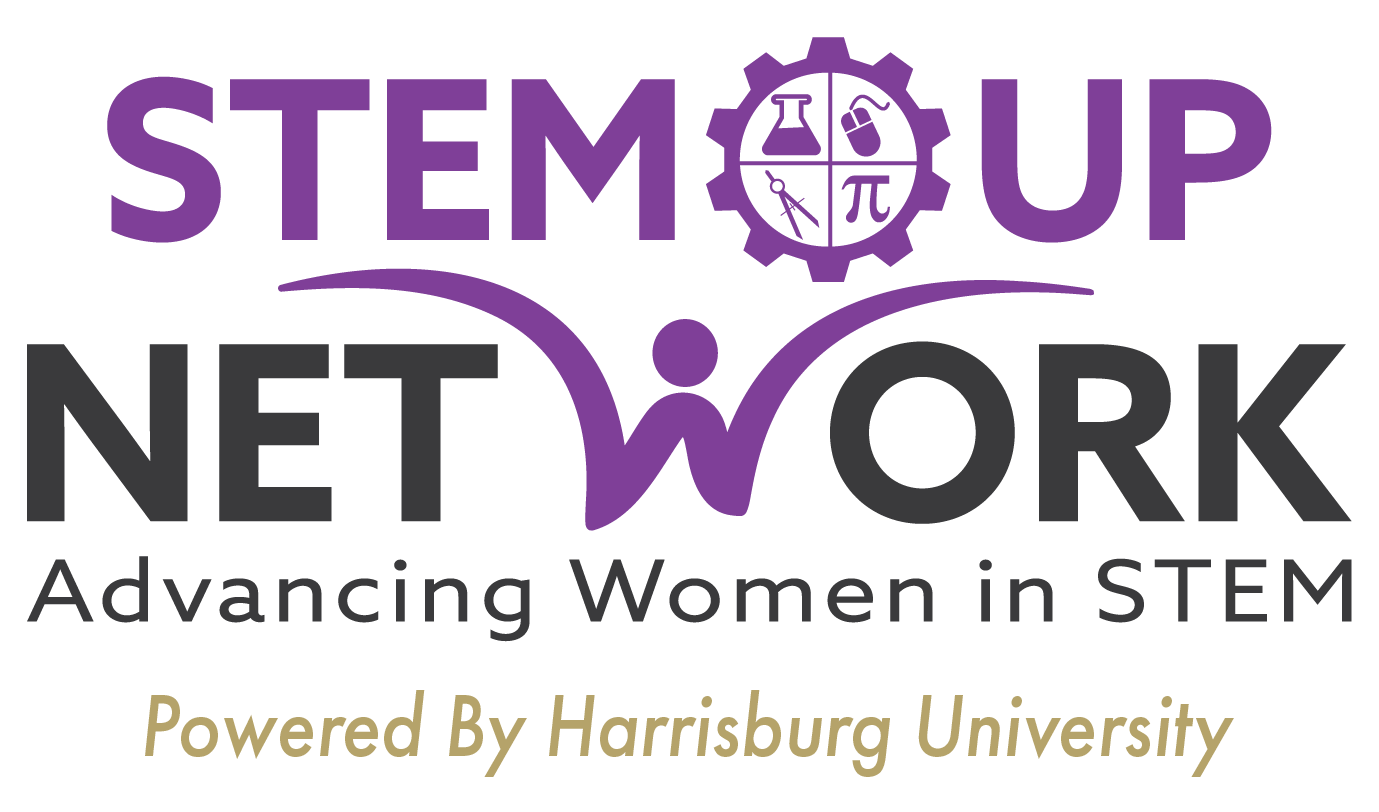History
STEM-UP began as a collaborative project in Central Pennsylvania between three institutions of higher education (Shippensburg University, Elizabethtown College and Harrisburg University of Science and Technology). Starting in 2011, the collaborative was seeded over four years with a substantial grant from the National Science Foundation.
STEM-UP focused on developing a sustainable professional climate across the region’s colleges and universities to promote the recruitment, retention, and advancement of academic women, particularly in STEM disciplines. Today, STEM-UP has grown to a network of over 1,000 individuals across the United States and beyond who benefit from participation in the network and who support gender equality in STEM.
Prior to the 2020 pandemic, women made up about 47% of total employment in the United States.
1 in 4 women considered leaving the workforce due to the impact of the pandemic on their personal and professional lives.
By 2018, over 70% of jobs already required science, technology, engineering, and mathematics (STEM) skills; as of 2016, women only represented 24% of that STEM workforce.
74% of high school level women are interested in STEM, yet only 12 out of every 100 women earn bachelor degrees in STEM fields, and only 3 of the 12 will remain in STEM fields after 10 years.
k
In the US, women earn 40% of STEM degrees awarded (up from 29% in 1995), but only make up 29% of the STEM workforce today (up from 22% in 1995).
h
The Harvard Business Review (Hewlitt et al, 2008) stated that 41% of qualified scientists, engineers, and technologists in entry-level jobs on corporate career ladders were, in fact, women. Over time, however, 52% of these women quit their jobs or leave to pursue another occupation and career. In 2020, twelve years later, not much progress was made with 33% of entry level jobs in the engineering and industrial manufacturing sectors being filled by women while only 16% of women occupy senior leadership positions in the same sector (Lean In, 2020).
Gender equity is a significant factor in diversity and inclusion in the workforce, and especially the STEM workforce, making it a business imperative.
The shortage in the STEM workforce, given the limited participation of women in STEM fields, is further expanded with the loss of women in these fields within their first 10-12 years in STEM careers and now due to the impact of the pandemic.
Research shows that diversity and inclusiveness supports economic and competitive advantage through better decision making, more innovation, and higher earnings (122nd APA Conference).
